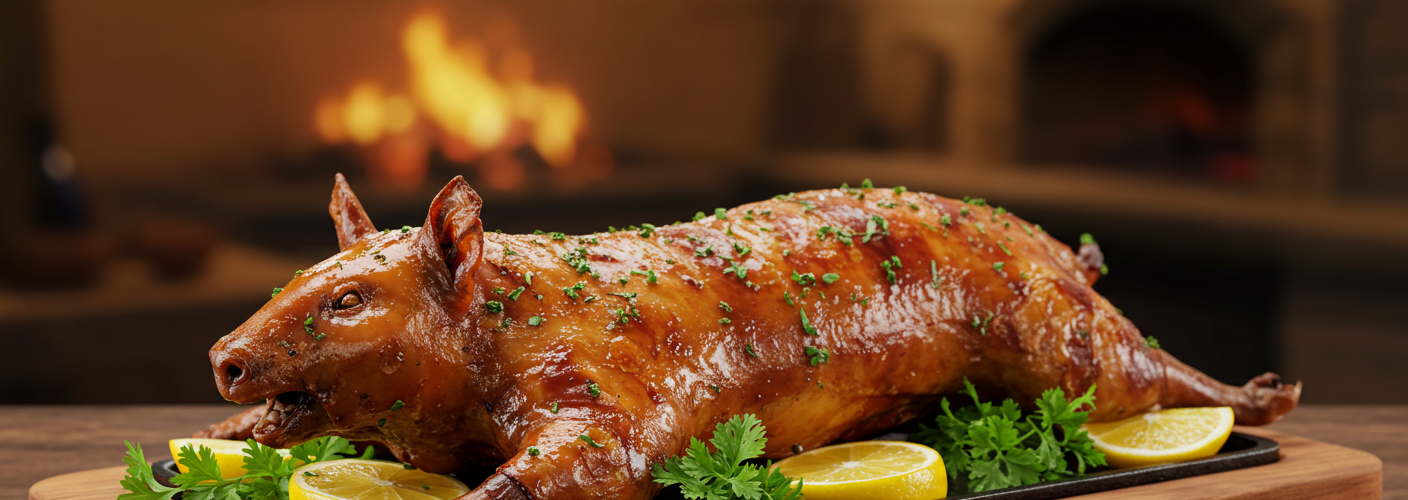When it comes to traditional culinary experiences, few dishes evoke as much curiosity and intrigue as cuy, the celebrated dish of cooked guinea pig. Originating from Andean cultures, particularly in Peru, Ecuador, and Bolivia, cuy holds a special place in the hearts and kitchens of locals and has become a fascinating topic for culinary enthusiasts worldwide.
Traditionally, cuy has been enjoyed for centuries, dating back to pre-Columbian times when indigenous communities raised these small rodents as a source of protein. Not viewed merely as pets, guinea pigs are seen as a staple food item, providing essential nutrients in regions where livestock raising might be challenging due to geographical conditions. The significance of cuy extends beyond just sustenance; it’s often present at traditional celebrations and family gatherings, marking important rituals and social events.
The preparation of cuy is as varied as the cultures that embrace it. Generally, the guinea pig is cleaned, seasoned, and roasted to perfection. Cooking methods can include grilling, frying, or baking, but one of the most enthusiastic ways to prepare cuy is by roasting it whole, which creates a crispy skin that’s tantalizingly addictive. Seasonings often include a mix of local herbs and spices, which not only enhance the flavor but also reflect the rich agricultural heritage of the Andean region.
For those unfamiliar with the taste of cooked guinea pig, it is often compared to rabbit or dark chicken meat but carries its own unique flavor profile. Many describe it as being rich and slightly nutty, which can be surprisingly delicious when properly cooked. Accompaniments can include native potatoes, corn, or aji, a fiery sauce that adds an extra kick. This combination not only highlights the flavors of cuy but also represents the vibrant agricultural diversity of the Andes.
If you find yourself in Peru or other Andean nations, trying cuy is an experience that should not be missed. Many restaurants and markets serve fresh cuy, and the opportunity to witness its preparation is fascinating. Popular eating spots might feature cuy as a centerpiece dish, celebrating it alongside other traditional offerings. Food tours often include a stop at a cuy farm, where visitors can learn more about this unique animal’s life cycle and its significance in local culture.
While the thought of eating a guinea pig might be unfamiliar or even off-putting to some, it’s essential to approach cuy with an open mind. It embodies a deep-rooted cultural significance, representing not only a dietary staple for the Andean people but also a celebration of local agriculture and tradition. For adventurous eaters, cuy provides a rare opportunity to delve into a culinary experience that captures the essence of Andean culture and hospitality.
In summary, cuy, or cooked guinea pig, is more than just a dish; it is a reflection of history, tradition, and community. Whether you’re a foodie on a quest for authentic tastes or someone simply exploring the world of international cuisine, tasting cuy offers a unique and memorable experience. So, when you find yourself in the Andean region, embrace the local culture and savor the rich flavors of this unique dish—it might just become one of your favorites.




Add comment